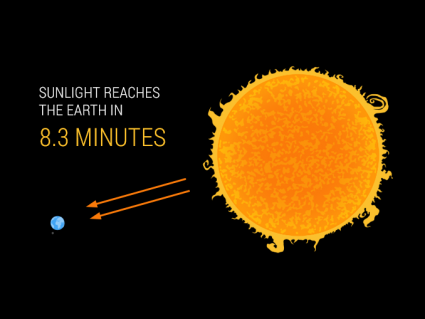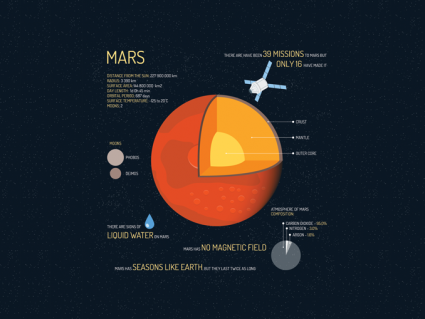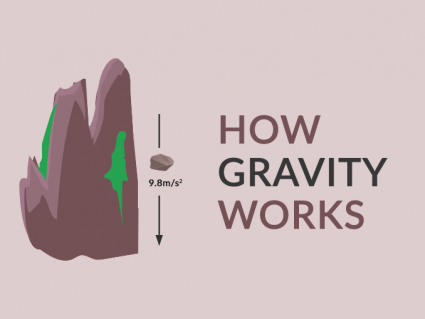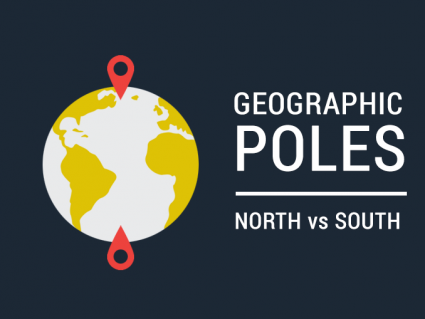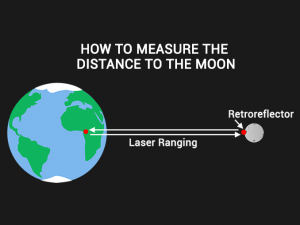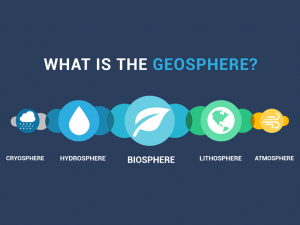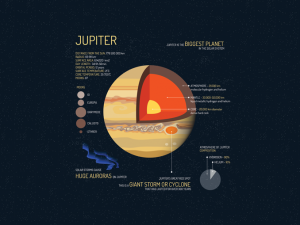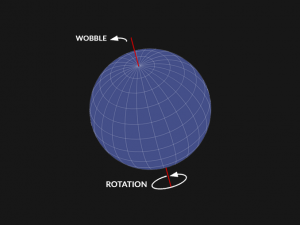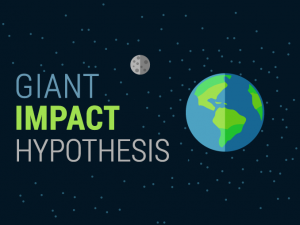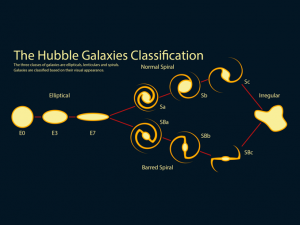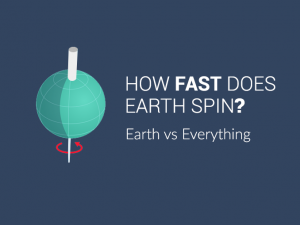Where Is the Equator?

The equator is an imaginary line that circles Earth. It divides the planet into the Northern and Southern Hemispheres. The equator is exactly at 0 degrees latitude. Here, the sun is almost directly overhead at noon.
“The equator is an imaginary line that circles the Earth, positioned halfway between the North and South Poles.”
How Long is the equator?
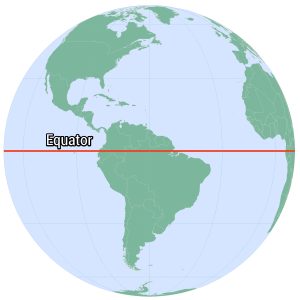
How many miles is the equator? The equator is a long, invisible line that spans 40,075 kilometers (24,901 miles) around Earth.
The equator’s length is slightly longer than the meridians (lines running from the North Pole to the South Pole. This is due to Earth’s bulge at the equator.
So, this means that the equator is the widest part of Earth. When you’re at the equator, you’re as close to space as you can be on Earth’s surface.
Which countries are on the equator?
The equator passes through 13 countries, along the 0° line of latitude. Here’s a table that shows these countries
| Country | Description |
| Ecuador | The equator runs directly through the country, even giving it its name. It includes both coastal and Andean regions. |
| Colombia | The equator crosses its southern part, encompassing parts of its Amazon rainforest and Andean regions. |
| Brazil | The largest country crossed by the equator, it includes vast areas of the Amazon rainforest. |
| Sao Tome and Principe | This small island nation off the west coast of Africa is crossed by the equator in its northern part. |
| Gabon | The equator runs through its central part, covering rainforest and coastal areas. |
| Republic of the Congo | The equator crosses its southern part, including parts of its rainforest regions. |
| Democratic Republic of the Congo | The equator cuts across the country, covering significant portions of the Congo rainforest. |
| Uganda | The equator runs through the southern part of the country, including lakes and parts of its protected areas. |
| Kenya | It crosses near the center, affecting its climate and ecosystems, including savannahs and forests. |
| Somalia | The equator grazes the southernmost tip of Somalia, impacting its arid and semi-arid zones. |
| Indonesia | The equator runs across several of its islands, including Sumatra, Borneo, Sulawesi, and the Moluccas. |
| Kiribati | Some of the country’s islands are crossed by the equator in the Pacific Ocean, affecting its tropical climate. |
| Maldives | Although not directly crossed by the equator, one of its southernmost atolls lies close to the equatorial line. |
What about our 5 oceans? The equator crosses through only the Atlantic, Pacific, and Indian Oceans.
What’s special about the equator?
This list describes some of the unique features of the equator:
- Location: The equator is right in the middle of Earth. It divides the planet into two halves. This means you can stand in both the Northern and Southern Hemispheres at once.
- Climate: Because it’s at the center, it’s warm and sunny all year. It experiences little seasonal variation, with temperatures consistently around 30°C (86°F).
- Day and Night: Because it’s evenly distant from the poles, the equator experiences nearly equal lengths of day and night. You also get plenty of sunlight throughout the year.
- Wildlife: The equator is home to diverse plants and animals. At the equator, you can find the only place in the world where penguins and coral reefs coexist, the Galápagos Islands.
Another interesting fact is that you weigh slightly less than if you were at the poles at the equator. This is because of the centrifugal force caused by Earth’s rotation.

Where is the equator?
The equator is an imaginary line that circles the Earth, positioned halfway between the North and South Poles. It marks 0 degrees latitude and stretches about 40,075 kilometers or 24,901 miles around the planet.
This line passes through 13 countries, including Ecuador, Brazil, and Kenya, as well as three oceans: the Atlantic, Pacific, and Indian. The region around the equator is known for its consistently warm climate and diverse ecosystems.
Do you have any questions? Please let us know what you have to say in the comment section below.

